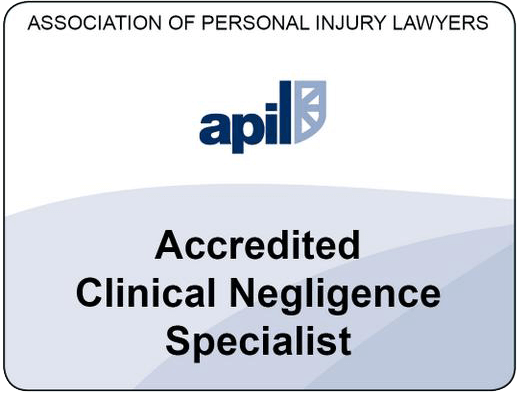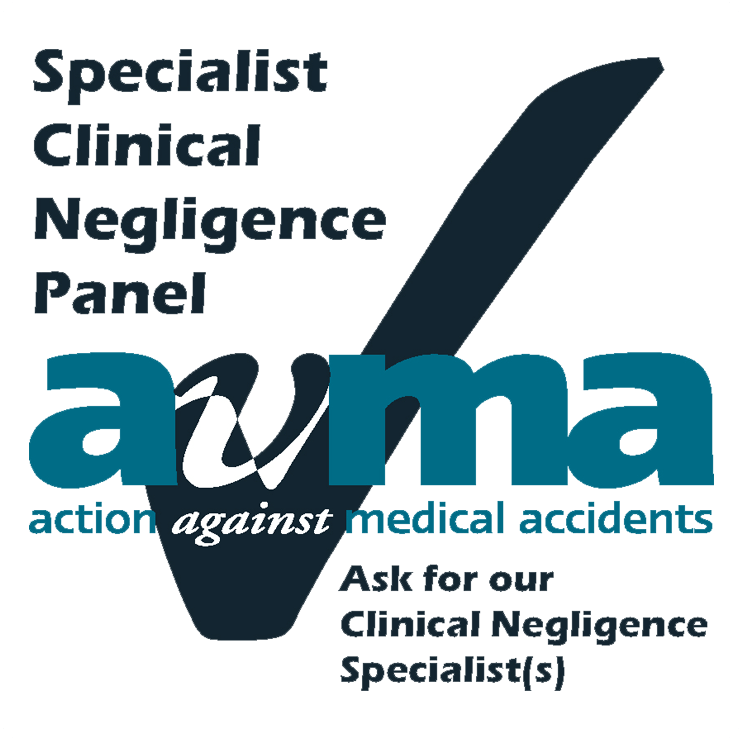Last December, over 83,600 patients visited their local A&E department in Wales. With winter health pressures taking their toll, plus significant amounts of alcohol being consumed at Christmas parties, it is no surprise that the festive period has always been one of the worst times of the year to need to go to A&E. However, with the ongoing concerns about the spread of coronavirus and strict restrictions around pubs and socialising still in place for the majority of the UK this year, it’s likely to be a different story in our A&E departments this Christmas.
Minor ailments
Traditionally, demand peaks between Boxing Day and December 29th. The pressure on the departments’ already busy doctors and nurses is enormous at this time of year so the advice from medical professionals is only to visit A&E if they have an accident or genuine health emergency. Despite this same message being communicated year in, year out, up and down the country waiting rooms have always been full with many attending because of viral coughs, flu or minor ailments. Until this year, that is.
Throughout 2020, because of worries around Covid, the numbers of people visiting A&E have been significantly lower. In April, for example, when lockdown was at its strictest, only 40,947 people in Wales went to A&E – less than half the number of patients who visited in the same month last year (88,076).
Although attendance figures crept up as the year went on and restrictions started to ease, figures for October show there is still a general reluctance to visit hospital A&E departments as numbers for the month were down from nearly 90,000 in October 2019 to just over 60,000 in the same month this year.
Alcohol-related injuries
According to the Nuffield Trust, up to 35% of all A&E attendance and ambulance costs in previous years have been alcohol related[1]. The most common alcohol-related reasons for a trip to A&E include alcohol poisoning, accidents as a result of over-consumption and alcohol-fuelled assaults.
The latest Welsh Government restrictions relating to pub opening hours and the sale of alcohol are therefore sure to have an impact on the number of people going to A&E with related injuries this year. While many people will still enjoy a drink at home, the likelihood of them getting hurt is far less when they are not out visiting pubs in busy city centres, surrounded by other party goers.
Genuine accidents and emergencies
However, it’s certainly not the case that all injuries and accidents are down to how much we drink over Christmas. A report[2] back in 2009 found that the most common reasons for attending A&E are dislocations, fractures, gastrointestinal conditions, cuts or lacerations, sprains or ligament problems. Unfortunately, these types of accidents and conditions don’t take a break for the holidays and so will continue to happen this year, even with more people staying indoors and not socialising as they usually would do at Christmas. When you also factor in the array of Christmas injuries that happen every year, including fractures from tripping over the fairy lights and burns from cooking the turkey, the festive period is still likely to see lots of visits to A&E.
Pressure is taking its toll
There is no doubt that staff on A&E departments are feeling the pressure, even with the reduced attendance figures this year. Working in a hospital during the Covid pandemic has been stressful and exhausting with staff absences, increased PPE and high levels of anxiety for all involved. Unfortunately, in some instances, this has led to patients suffering additional injuries or illness due to the poor quality care or negligence they have experienced while visiting A&E.
Given the highly pressured environment, it is no surprise that errors with delayed or incorrect diagnosis occur more frequently in A&E departments than in regular in-patient hospital care[3]. This can lead to significant trauma for the patient, sometimes resulting in prolonged illness or worse.
Need our help?
If you’re unlucky enough to have to go to A&E this Christmas and even more unfortunately, something goes wrong while you are there, our clinical negligence team can provide expert advice on what your options might be. Call us on 01633 244233 or email hello@hevans.com.
[1] Nuffield Trust
[2] The NHS Information Centre report on A&E attendance
[3] BMC Study: ‘Diagnostic error in the emergency department: learning from national patient safety incident report analysis’, 2019










